Ask AI on The Internet
Question: Discuss the separation of organic dyes under two different set of conditions: Saturated and unsaturated using THIN LAYER CHROMATOGRAPHY
Thin Layer Chromatography (TLC) is a widely used technique for separating organic compounds, including dyes. The separation process relies on the differential migration of compounds on a stationary phase under the influence of a solvent or solvent mixture (the mobile phase). Now, let's delve into how the separation of organic dyes could vary under saturated and unsaturated conditions in TLC. ### Saturated Conditions: In TLC, saturated conditions refer to the TLC chamber being equilibrated with the solvent vapors. This is typically done by placing filter paper soaked with the solvent inside the chamber. The saturated environment creates a consistent and homogeneous atmosphere throughout the chamber. **Advantages and Characteristics:** 1. **Consistent Elution:** The solvent vapors saturate the air, leading to uniform solvent deposition on the TLC plate and more consistent and reproducible elution patterns for the dyes. 2. **Reduced Evaporation:** The solvent on the TLC plate is less likely to evaporate quickly because the air in the chamber is already saturated with solvent vapors. This ensures that the mobile phase moves consistently up the plate. 3. **Sharper Spots:** The migration of dyes tends to be more controlled, often resulting in sharper and better-resolved spots. This is because the solvent front moves at a more predictable rate, reducing tailing and diffusion of the spots. 4. **Optimal Conditions for Polar Compounds:** Saturated conditions particularly benefit polar dyes or dyes that are highly soluble in the solvent, as the reduced evaporation helps maintain an appropriate interaction between the stationary phase and the dye. ### Unsaturated Conditions: In contrast, unsaturated conditions occur when the chamber is not equilibrated with solvent vapors. This means that the air inside the chamber does not contain solvent vapors, leading to an atmosphere that might differ significantly from the solvent environment. **Advantages and Characteristics:** 1. **Faster Runs:** Without saturation, the solvent may evaporate quickly from the TLC plate, which can expedite the development process. This can be beneficial for quick preliminary analyses. 2. **Less Control:** The migration of dyes is less predictable under unsaturated conditions. The spots may diffuse more, leading to broader, less distinct separation zones. 3. **Variability:** Since the development of the plate can be influenced significantly by environmental conditions such as humidity and temperature, achieving reproducible results can be challenging. 4. **Incomplete Separation:** Unsaturated conditions can sometimes lead to mixed results, where some dyes may not separate completely due to uneven solvent front movement. ### Practical Considerations: 1. **Choice of Solvent:** The choice of the solvent or solvent mixture in TLC is crucial regardless of whether the conditions are saturated or unsaturated. The solvent should be chosen based on the polarity of the dyes and their solubility. 2. **Plate Preparation:** Proper application of the dye samples and even placement of the TLC plate in the chamber are essential. Uneven spotting or placement can lead to inconsistent results in both saturated and unsaturated conditions. 3. **Environment Consistency:** For more reproducible results, especially in quantitative TLC, saturated conditions are generally preferred. However, for a quick qualitative check, unsaturated conditions might suffice. 4. **Experiment Repetition:** Due to the inherent variability in unsaturated conditions, it may be necessary to perform multiple runs to ensure the observed separation pattern is consistent and reliable. ### Conclusion: In summary, saturated conditions in TLC generally provide more controlled, reproducible, and sharper separations of organic dyes due to the uniform solvent vapor environment. Unsaturated conditions, although faster, can lead to less predictable and potentially less distinct separations. Therefore, your choice between saturated and unsaturated conditions should be guided by the need for precision versus speed, the nature of the dyes, and the reproducibility requirements of your specific application.
Think your answer is better than the AI's? Post it below.
Other Most Relevant Posts:
Question Tags
If you want your question answered by an AI, click here.
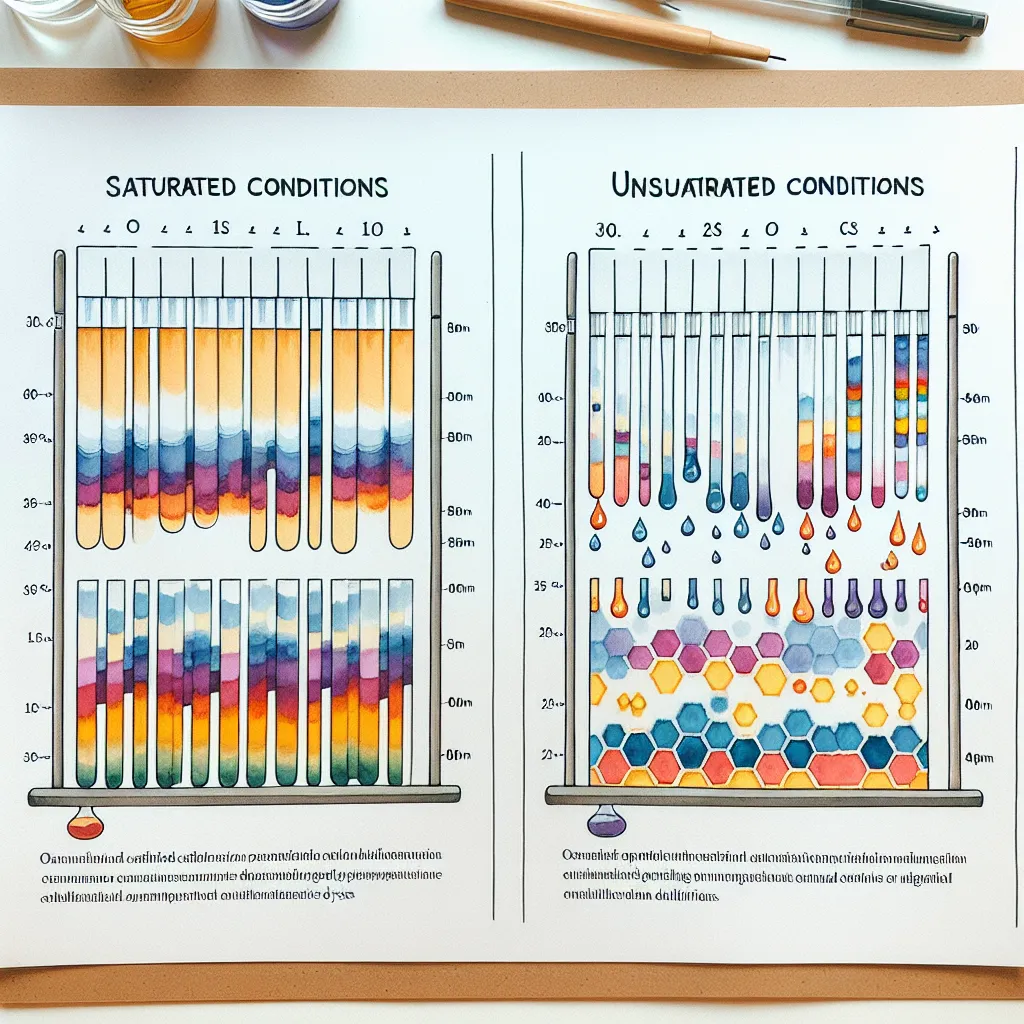
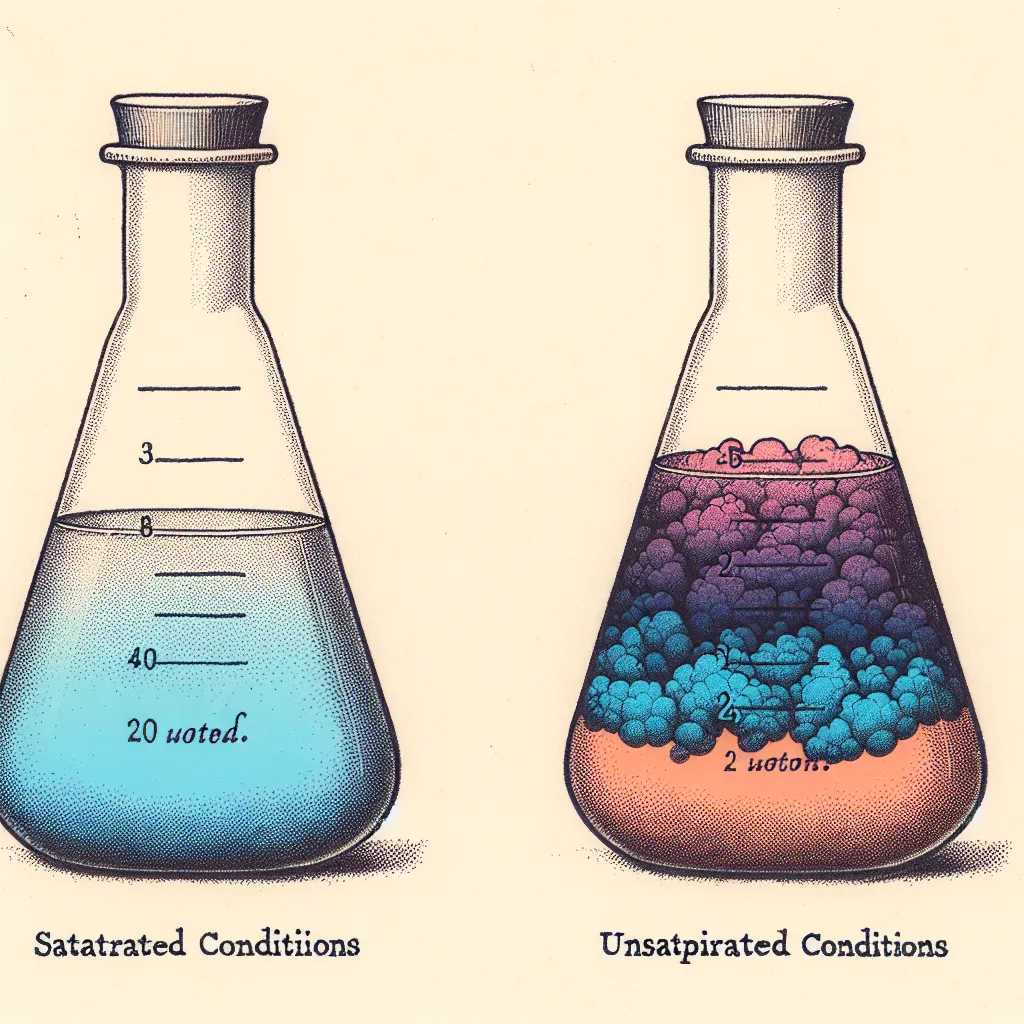
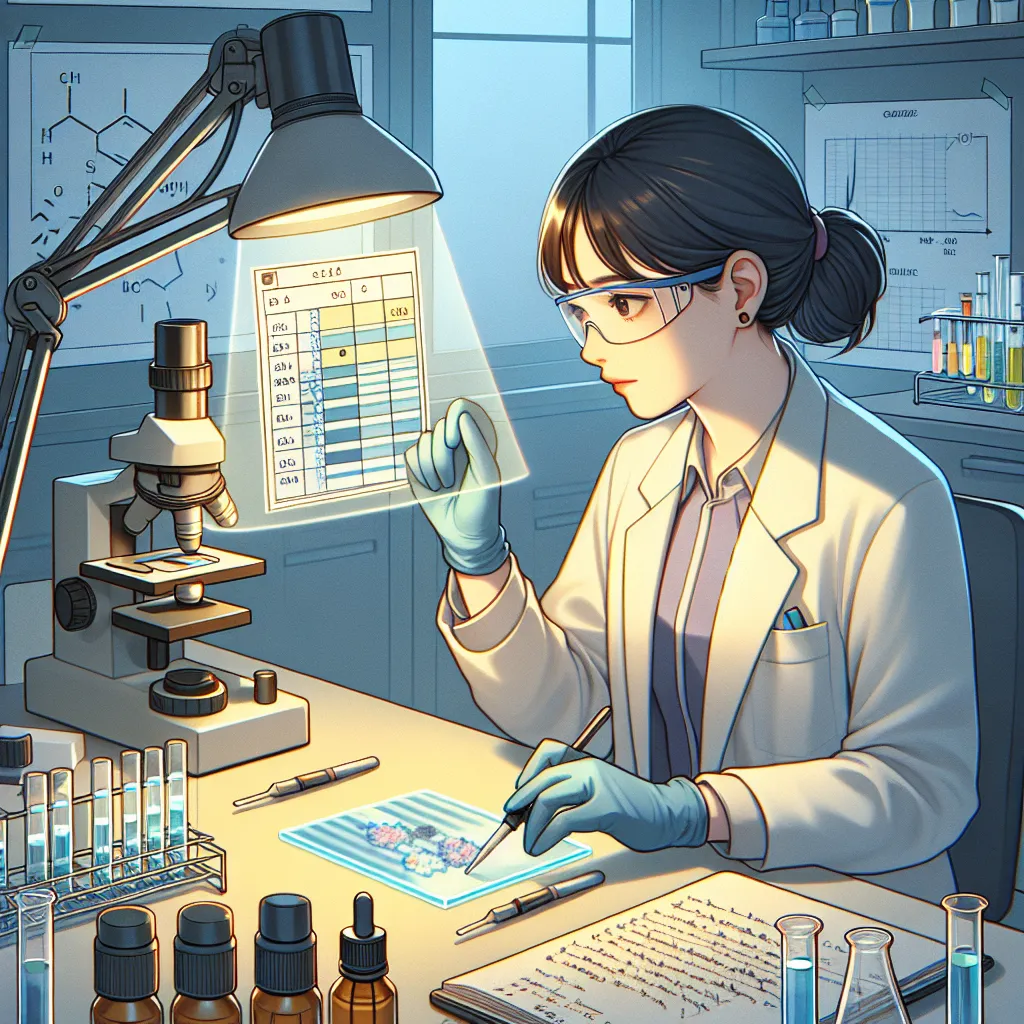
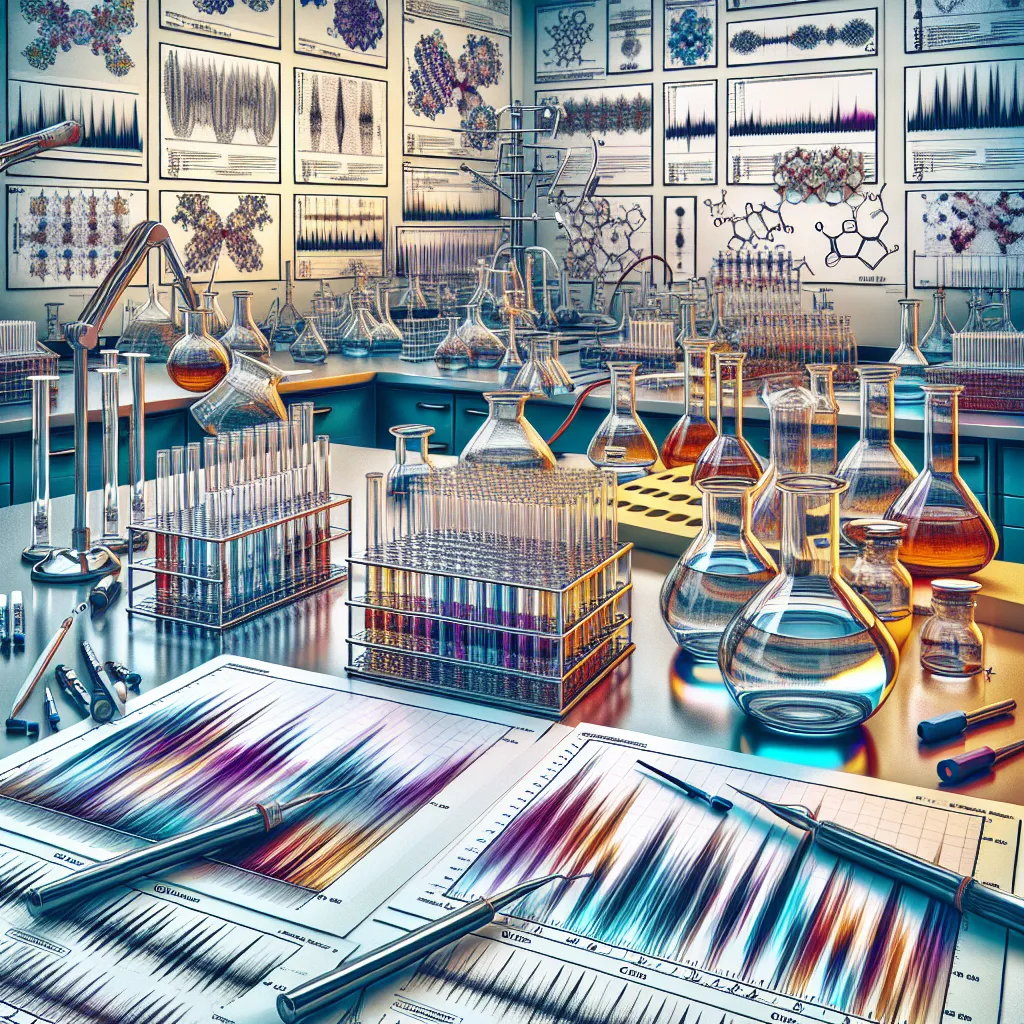

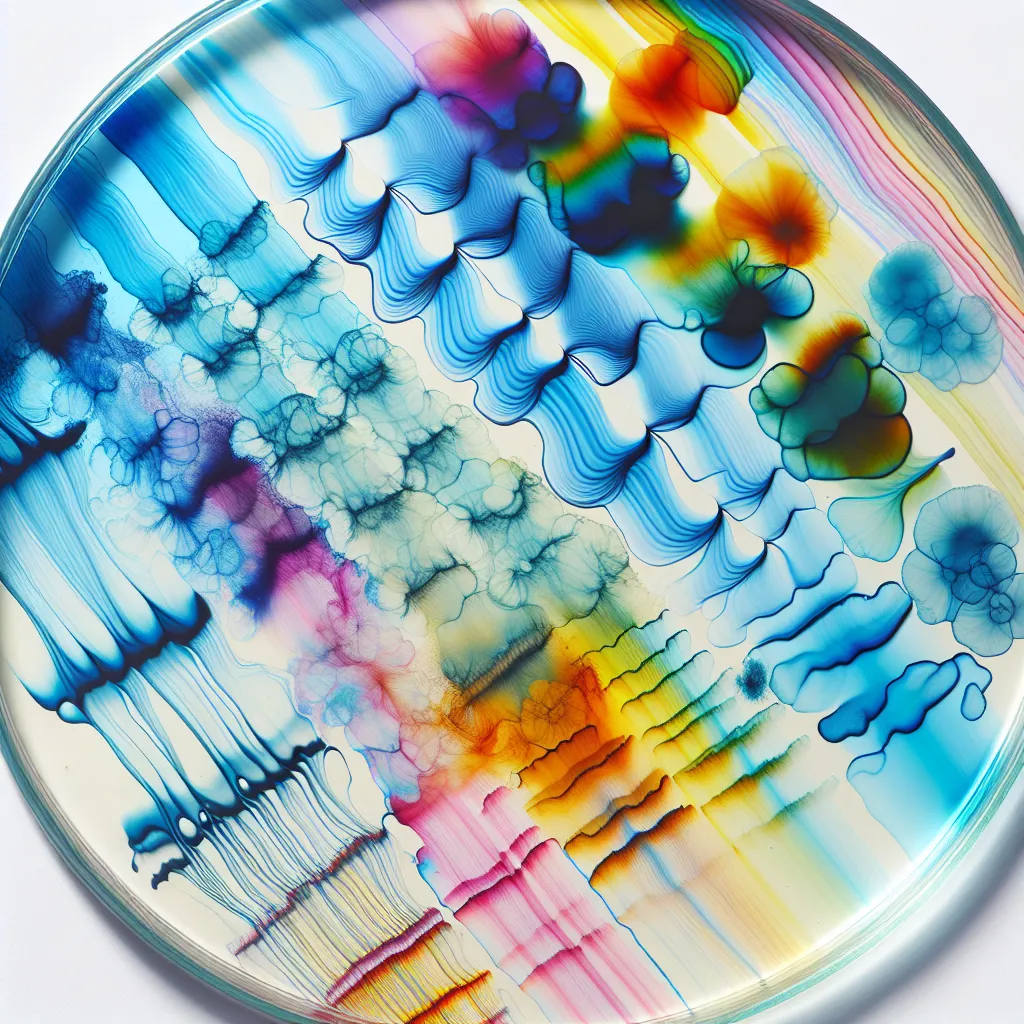
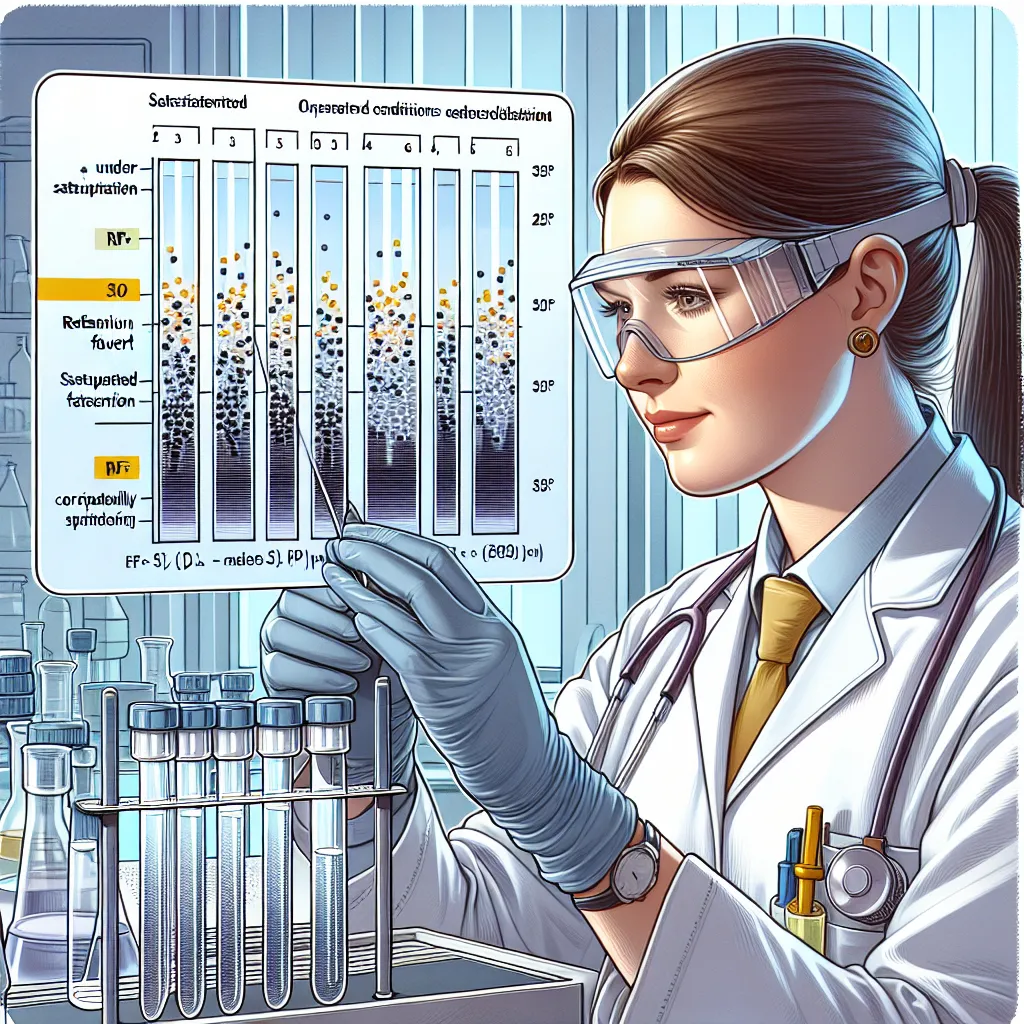
Post your own comment: